The peculiar shape of the FAMAS rifle has led to it being nicknamed ‘the Trumpet’ by today’s poilus, and in the hands of a well-built soldier, it looks like a toy. But it is a very efficient and ingenious design, and production at St. Etienne placed it in every French soldier’s hands by 1990. At first, FAMAS only saw it in service use with paratroops. Still, infantry units are now being equipped and trained, and it eventually became the standard personal weapon acting as rifle, carbine, or submachine gun.
Design
The system of operation relies upon delayed blowback of the breech block and carrier. The carrier has two ‘delay arms’ which, when the bolt is closed, contact a hardened steel rod lying across the receiver. When the rifle fires, the cartridge case attempts to move back against the face of the bolt; this movement is transferred to the carrier, but when this attempts to move, the delayed arms, held against the cross-bar, resist. They now have to rotate to their pivot so that their upper section moves back and, in doing so, begin to move the bolt carrier backward.
But the fingering lengths of the two sections of the delay arms ensure a mechanical disadvantage that delays the movement. When the arms have a mode of about 45 degrees, they clear the cross-bar, and the bolt and carrier now move to the rear, ejecting the spent case. To avoid hard extraction, the chamber has longitudinal grooves machined in it so that the fired case is floated on a layer of gas during the extraction phase.
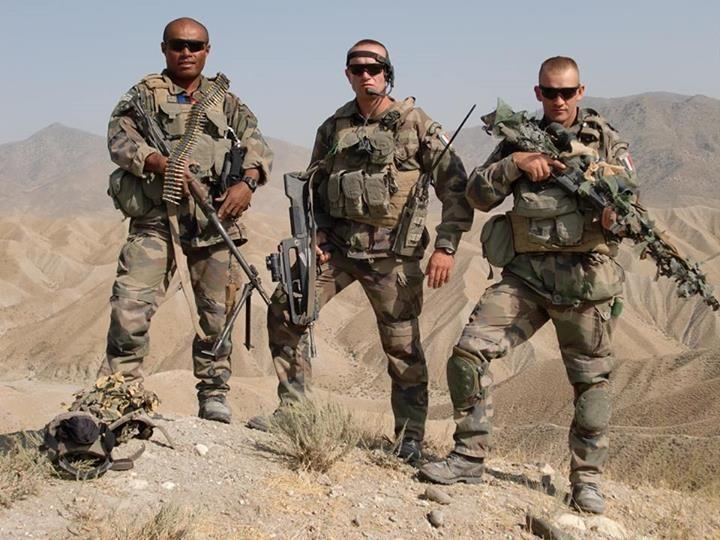
The FAMAS rifle is a bullpup design. The bolt and chamber are alongside the firer’s face and the trigger ahead of the magazine; this permits a long barrel in a short rifle since the otherwise wasted length of a naked butt is avoided. The butt carries a buffer unit in its upper surface to cushion the recoil, and there is a rubber recoil pad. The bolt can have its extractor moved across, and the butt cheekpiece can also be moved so that the rifle can be quickly adapted to left or right-handed firers. The cocking handle lies centrally underneath the carrying handle; this handle is of plastic and grooved; within it lies the sights, a blade foresight, and an adjustable aperture rear sight calibrated to 300 meters.
Firing modes
The firer can select single shots, three-round bursts, or full-automatic fire; the three-round burst mechanism is separate from the rest of the trigger group so that should it fail, the remaining options are still available. This means that there have to be two separate controls: fire selection and one for burst selection, but careful training avoids any problems. The FAMAS can also be readily adapted for firing grenades, and there is a light bipod that folds beneath the handle and steadies the rifle when firing in automatic mode.
User experience
The FAMAS (which means ‘Fusil Automatique, Manufacture d’Armes St. Etienne) is comfortable to fire. It is very accurate at battle ranges and is easily controlled during burst fire. Its length allows it to be used in the submachine gun role quite effectively. Its adoption by the French Army increased the basic squad’s firepower and reduced the variety of weapons.
Variants
The FAMAS project began in 1967 under General Paul Tellié’s (1919-2014) direction, and the prototype was completed in 1971, with French military evaluation of the rifle beginning in 1972. Throughout production history, there were two main variants of the French FAMAS rifle. There is also some similar designed rifles around the world. One of those rifles is Croatian VHS.
FAMAS F1
After adopting the French military, the FAMAS F1 replaced both the elderly MAS 49/56 rifle and MAT-49 submachine gun. MAS produced approximately 400,000 FAMAS F1 assault rifles. While a capable rifle, the F1 had numerous problems to overcome. The F1 was followed by the G1 version that included several minor improvements, such as redesigned grips and an enlarged trigger guard for gloves. However, the G1 remained conceptual and was never actually produced.
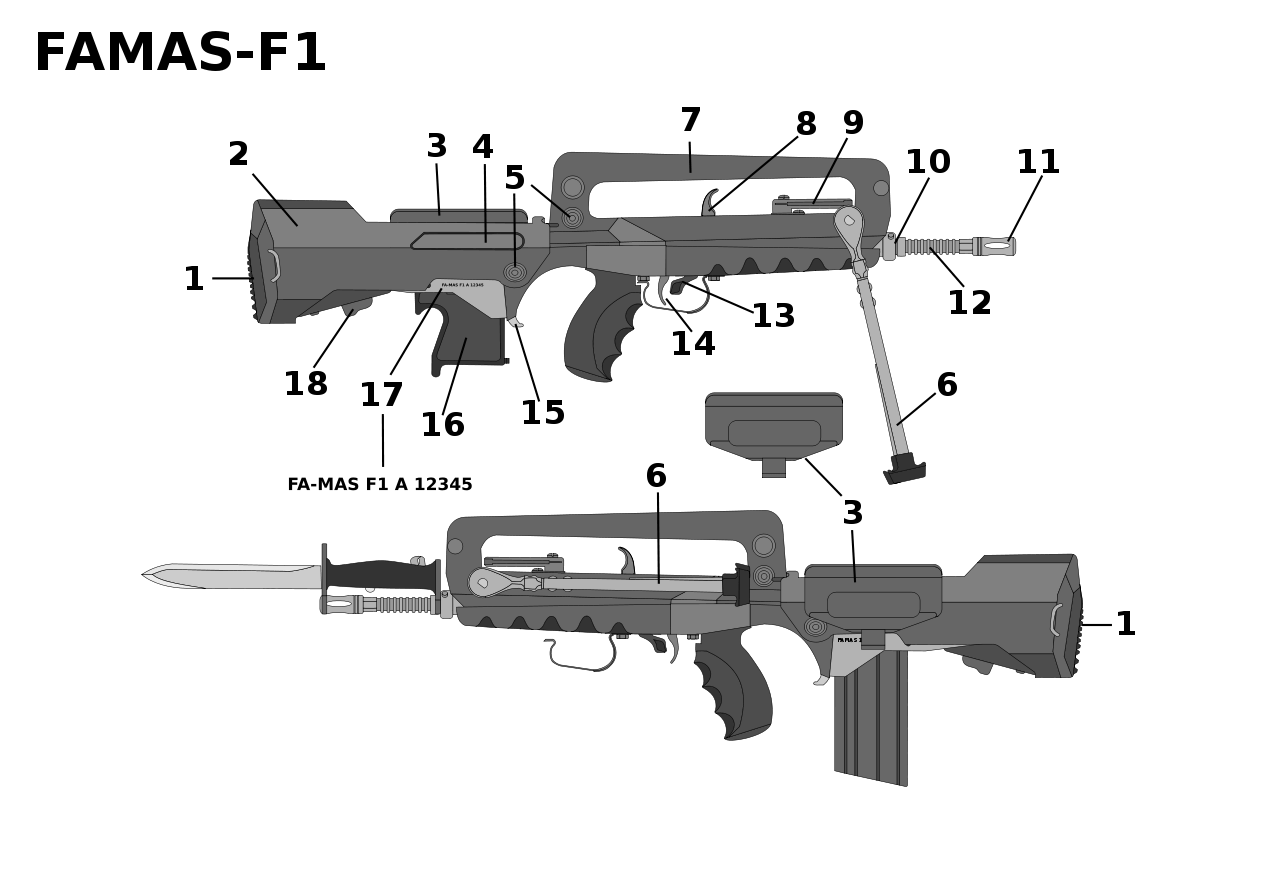
FAMAS G2
The FAMAS G2 was developed in 1994 to comply with NATO standards by accepting standard NATO magazines and employing tighter barrel rifling to accurately fire both older 5.56 mm 55 gr (3.6 g) ammunition and new standard 5.56×45mm NATO 62 gr (4.0 g) ammunition. The ammunition-specific lever-delayed blowback mechanism of the FAMAS F1 designed around French 55 gr (3.6 g) steel-cased ammunition was slightly revised for reliably using 5.56×45mm NATO ammunition.
The FAMAS G2 also included several other upgrades taken from the G1 model, such as an enlarged trigger guard and improved handguards made from reinforced fiberglass instead of plastic and the ability to take standard brass-cased ammunition as well as French-made steel ammunition.
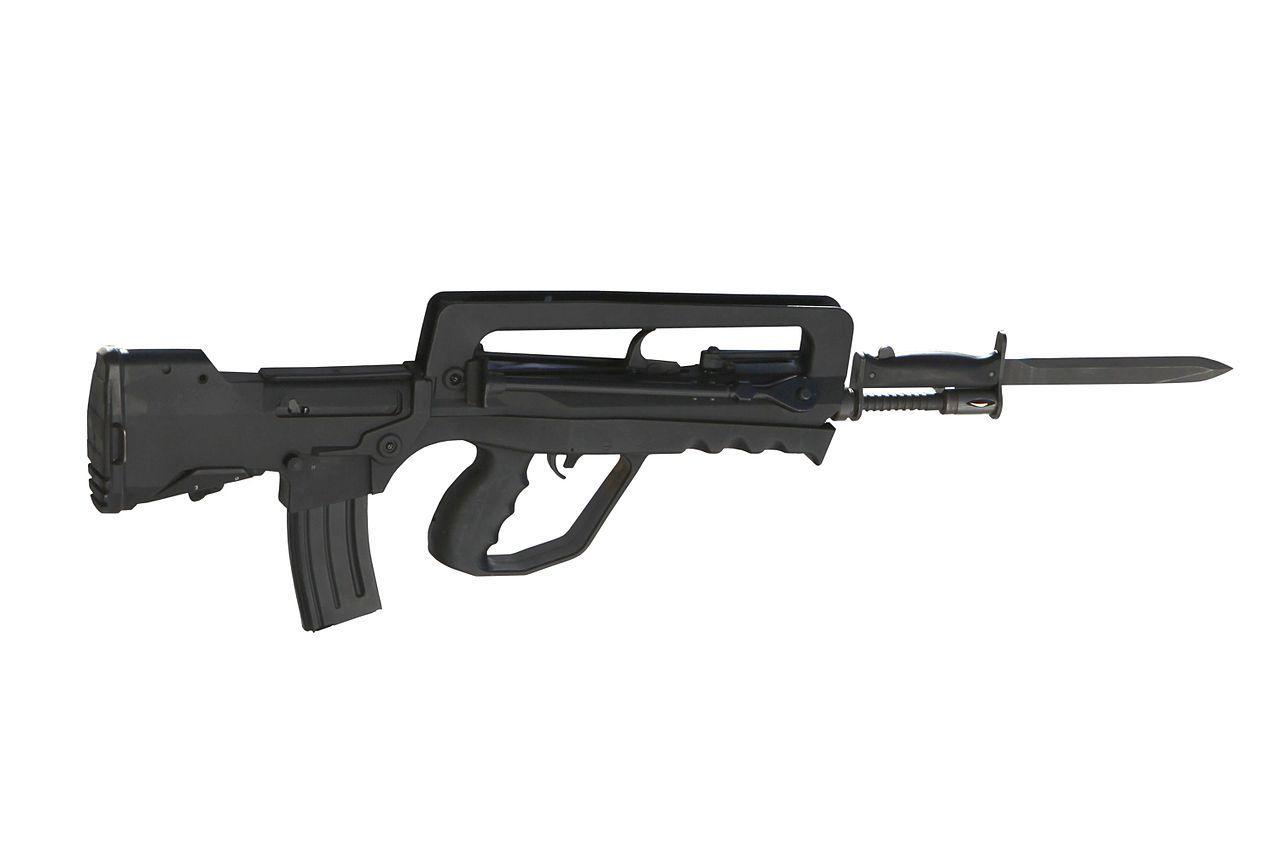
Technical specifications
| Manufacturer: | Manufacture d’Armes de St. Etienne, St. Etienne, France |
| Type: | delayed blowback, selective fire |
| Caliber: | 5.56mm (.223) |
| Barrel: | 19.2 in (488 mm) |
| Weight: | 8.73 lbs (3.96 kg) |
| Magazine capacity: | 25 rounds |
| Cyclic rate of fire: | 950 rounds per minute |


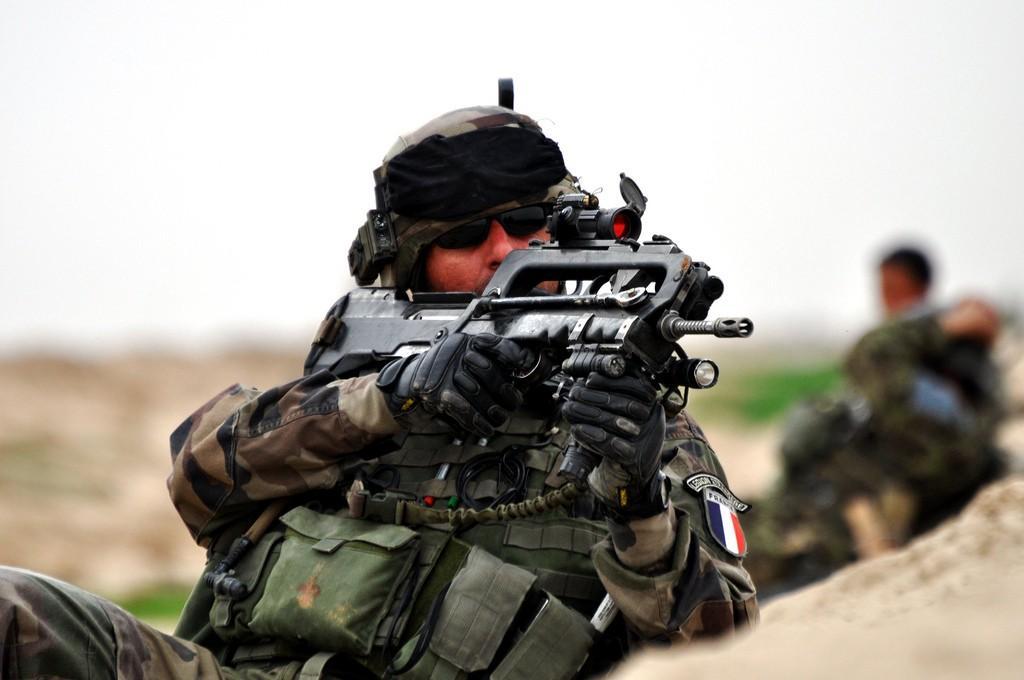
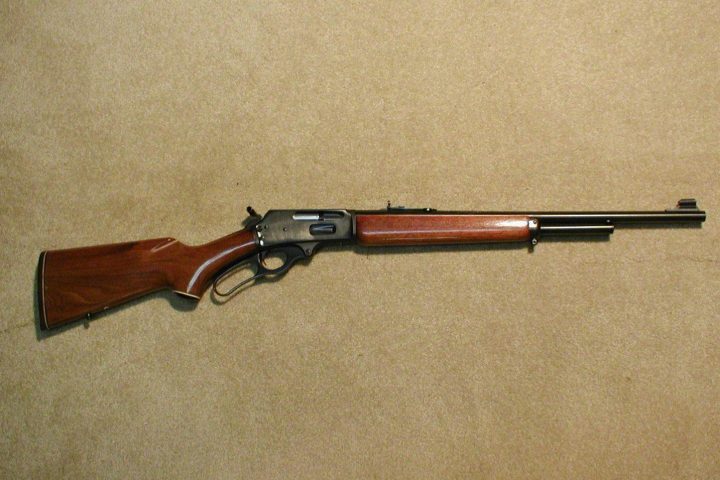
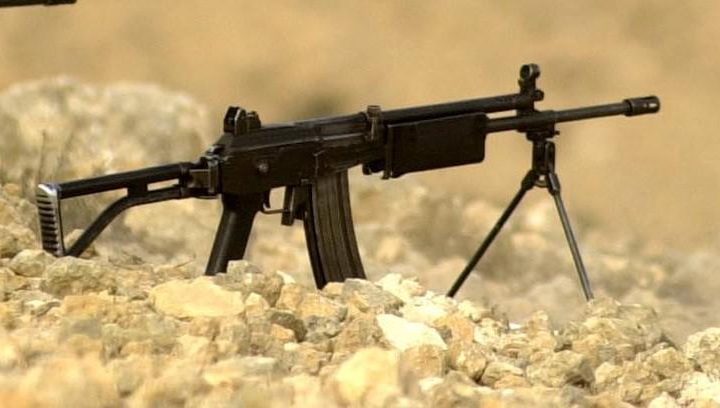
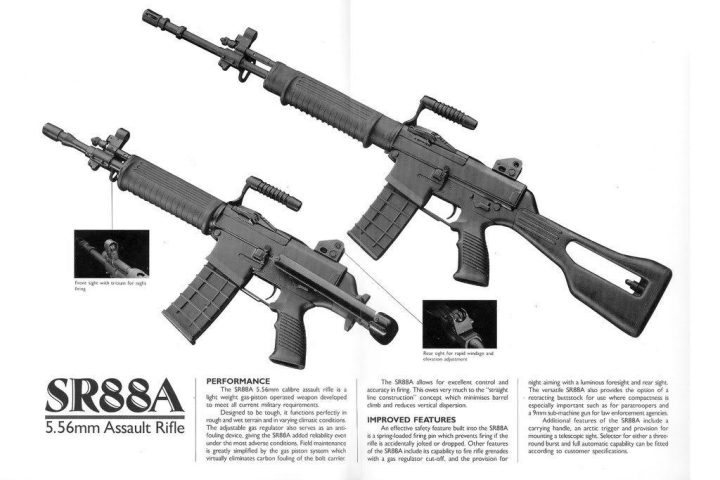
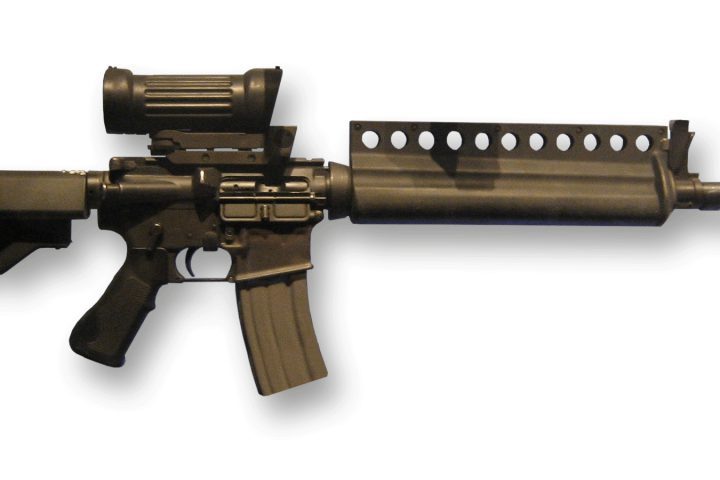







Do not forgett that you can also shoot grenades with a Famas, just adding another magazine and you can shoot grenates.